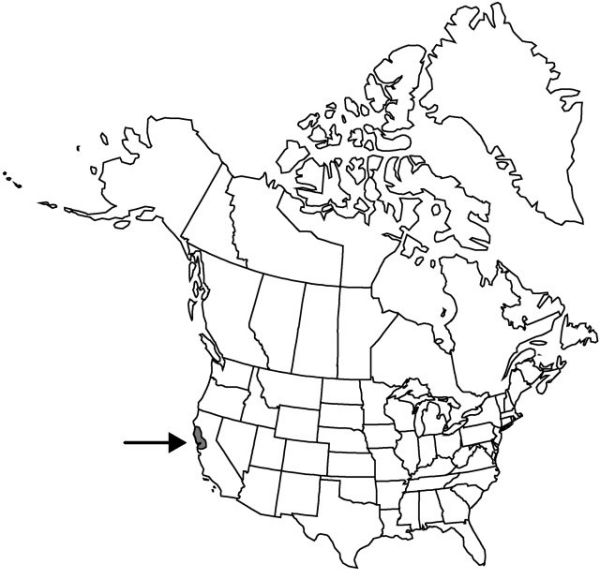Calochortus umbellatus
Proc. Acad. Nat. Sci. Philadelphia 20: 168. 1868.
Stems usually branching, 8–25 cm, not bearing bulblets. Leaves: basal persistent, 2–4 dm; blade lanceolate, flat; cauline usually present. Inflorescences subumbellate, 3–12-flowered. Flowers ± erect; perianth open, campanulate; sepals 10–14 mm; petals white to pale pink, usually with purple blotch near gland, widely obovate to cuneate, 12–18 mm, adaxial surface not ciliate, ± glabrous, margins irregularly dentate distally; glands basally convex, covered by broad, ciliate membrane, bordered distally by short hairs; filaments longer than anthers; anthers oblong, apex acute or obtuse. Capsules nodding, 3-winged, 1–2 cm. Seeds dark brown, irregular. 2n = 20.
Phenology: Flowering early spring–early summer.
Habitat: Openings in chaparral or woods, often on serpentine
Elevation: 100–700 m
Discussion
Calochortus umbellatus grows around San Francisco Bay. It is reported also from Lake County.
Selected References
None.
